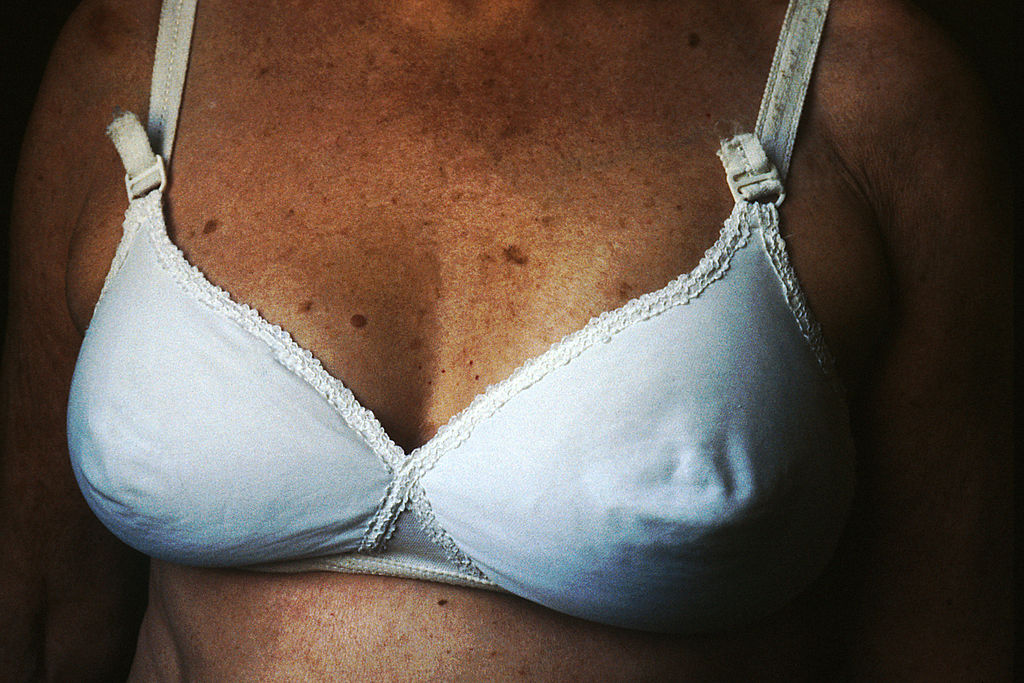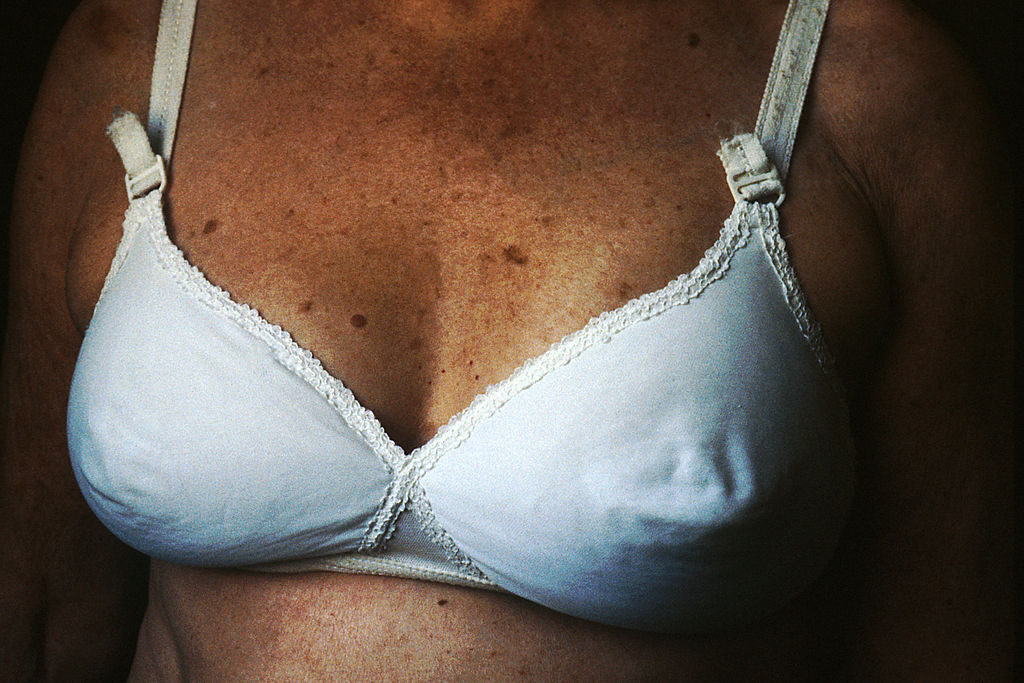
Women dread the moment when a lump in their breast turns out to be cancerous. They immediately think about losing their breast tissue, and losing their life. Unfortunately, cancer is a very deadly disease. However, thanks to better treatment such as the mastectomy, earlier diagnosis, and greater awareness of what breast cancer is and how it can be detected, a long life, and even a full recovery, is possible.
What Is a Mastectomy?
With a mastectomy, the breast, or part of the breast, is removed. Different degrees exist:
- Partial, which means the lump and some breast tissue is removed. This includes some healthy tissue, which is how it differentiates itself from the lumpectomy.
- Simple or total, whereby the entire breast is removed, but the muscle tissues underneath the breast and the lymph nodes are left in place. A double mastectomy may be required if the cancer is in both breast. A simple mastectomy can either be subcutaneous, whereby the nipple is left untouched, or skin sparing, whereby the areola and nipple is removed. The simple or total mastectomy is most common when multiple carcinoma patches have been discovered. It is both a treatment and a prevention. In fact, some women now choose to have a total mastectomybecause they are at high risk of developing aggressive cancer.
- Modified radical, which means the entire breast is removed, as well as auxiliary lymph nodes. Once the entire breast is removed, the lymph nodes are dissected, which enables surgeons to remove the nodes found in the underarm. Generally, this treatment is offered to women who have an invasive form of breast cancer. This is because it will make it easier for oncologists to examine the lymph nodes more thoroughly. In so doing, they will be able to tell whether there has been any spread outside of the breast area.
- Radical, which is the highest level of surgery and breast removal that exists. In this case, the breasts are removed (generally both), as are the lymph nodes, and the muscles of the chest wall. In the past, this was the chosen procedure for all breast cancer patients, but this is thankfully no longer the case, and shows just how much treatment has advanced. The radical mastectomy is now only offered if the cancer is found to have spread to the muscles of the chest. Generally speaking, even in severe cases of breast cancer, modified radical mastectomy is more than enough.
Receiving a diagnosis of breast cancer is certainly shocking, upsetting, and extremely frightening. However, women now have a lot of awareness in terms of checking their own breasts, and although the mammogram is uncomfortable, most women willingly subject to the treatment for their own safety. Because of this, rates of early detection have risen tremendously. If breast cancer is caught early, treatment, which includes medication, radiotherapy, and/or chemotherapy besides the mastectomy, has been shown to be incredibly successful. It is no longer the death sentence that so many women once received, although the cancer remains one of the greatest killers of women today.



